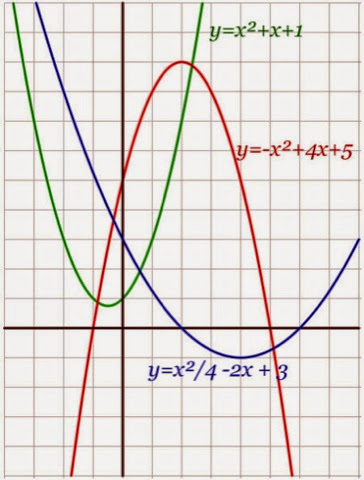Friday, May 8, 2015
2nd Semester Summary
Trig review week
Wednesday, May 6, 2015
Repeating decimals
Parametric equations
In mathematics, parametric equations of a curve express the coordinates of the points of the curve as functions of a variable, called a parameter. For example, x=cos ty=sin t. These are parametric equations for the unit circle, where t is the parameter. Each value of t defines a point (x, y)= (f(t), g(t)) that we can plot. The collection of points that we get by letting t be all possible values is the graph of the parametric equations and is called the parametric curve. Steps to solve parametric equations include sketching the graph and eliminating the parameter. For graphing you want to write a t,x,y chart and solve for the x, y pairs to graph. For eliminating the parameter, you want to either use the trig identities or use elimination or substitution to solve for the rectangular equation.
Systems of equations
Tuesday, March 31, 2015
Partial Fraction Decomposition
Saturday, March 28, 2015
Probability of an Event
Tuesday, March 17, 2015
Recursion and mathematical Induction
Monday, March 9, 2015
Sequences and Series
Monday, March 2, 2015
Graphing Systems of Inequalities
Monday, February 23, 2015
Cramer's Rule
In linear algebra, Cramer's rule is an explicit formula for the solution of a system of linear equations with as many equations as unknowns, valid whenever the system has a unique soltution. It expresses the solution in terms of the determinants of the coefficient matrix and of matrices obtained from it by replacing one column by the vector of right hand sides of the equations. It is named after Gabriel Cramer, who published the rule for an arbitrary number of unknowns in 1750. The rule holds for systems of equations with coefficients and unknowns in any field, not just in the real numbers. It has recently been shown that Cramer's rule can be implemented in O(n3) time, which is comparable to more common methods of solving systems of linear equations, such as Gaussian Elimination.















